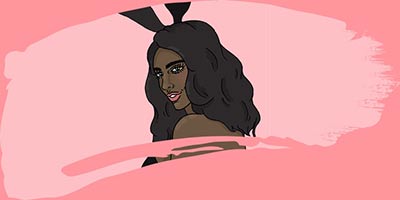babe •
Now someone’s said there’s five types of vagina so you’d better get your mirror out
When will this end
First they said there are eight types of nipples, then they said there are four types of penis, and now I don’t even know what is real anymore. And just when you thought you’d seen the end of it, another person comes running from the darkness declaring that there are actually five types of vagina.
Mel, a former bikini waxer, spoke to Jamie LeeLo for Elite Daily about the five distinct categories that she believes all women can fall into. “This isn’t a mathematic algorithm”, she says, “it’s just to help women understand this weird ‘secret’ [the appearance of our vaginas] we keep from our friends and society at large is not as scandalous or peculiar as we may have thought.”
Ms Tulip
Like a flower bud about to bloom, the Ms Tulip is when the labia minora (inner lips) is slightly exposed but contained through the length of the labia majora (outer lips).
Ms Curtains
According to Mel, this is the most common type of vagina to have (50 per cent of women have it) and is often seen with other combinations of these five categories. This is when the inner lips reach out past the outer lips. Sometimes these protrude a lot, and sometimes they only stick out a tiny bit.
Ms Barbie
The inner lips are completely contained by the outer lips, and both sets of lips rest up against the pelvic bone. While this is what most people think of when they imagine a vagina, Mel says it’s the most uncommon.
Ms Horseshoe
While it may sound like a fictional primary school teacher, Ms Horseshoe is when the vaginal opening spreads wider at the top to expose the inner lips, touching and closing off at the bottom. As suggested by the name, it resembles the shape of a horseshoe.
Ms Puffs
Not to be confused with Ms Barbie, Ms Puff’s lips hang much lower than the pubic bone. They can either be full and puffy or thin and loose. Mel points out that people often wrongly assume this is to do with ageing, but there’s no correlation.
Illustrations by Daisy Bernard.











 2017 - 2024 Tab Media
2017 - 2024 Tab Media